#for exemple you'll notice all these are either from late 19th/early20th c. despite the warring states era being obviously sengoku coded
Explore tagged Tumblr posts
Text
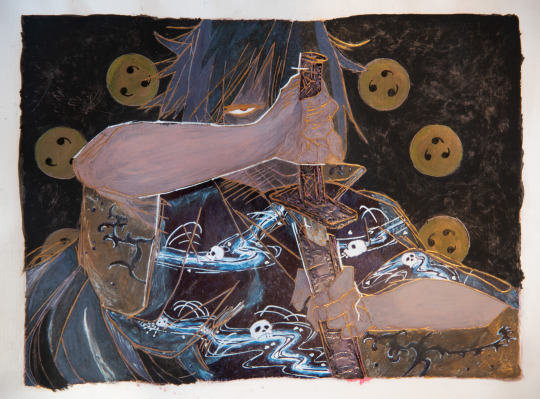
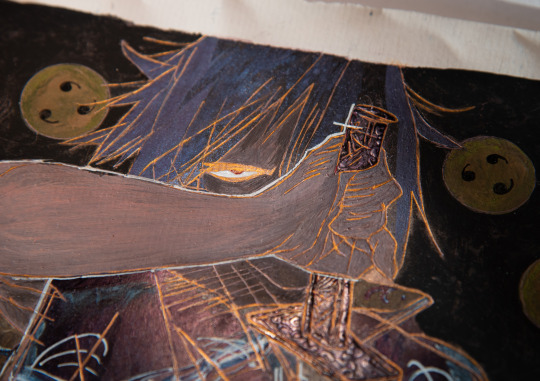

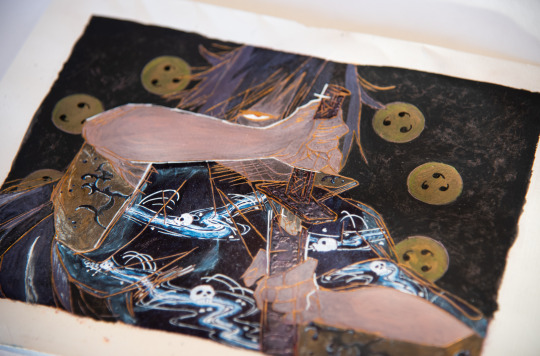
Another year, another outfit to die in! Happy birthday again Izuna!!!!!!
Like last year, I played with someone else's lines for these charming patterns, thank you so much Lena @elhnrt ! I had a ton of fun :D
Check the readmore for pattern references and explanations, there are some easter eggs in there :)
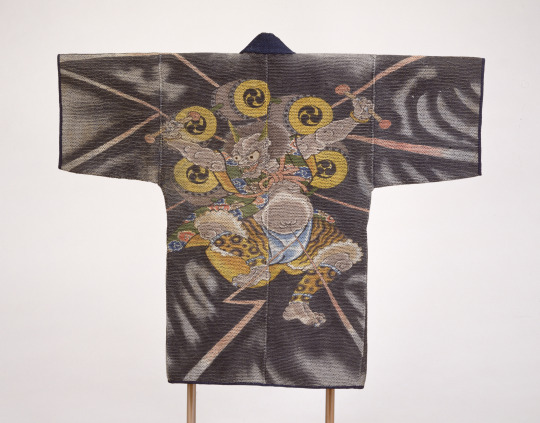
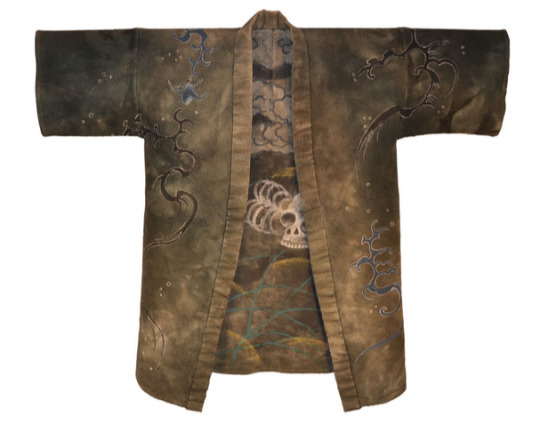
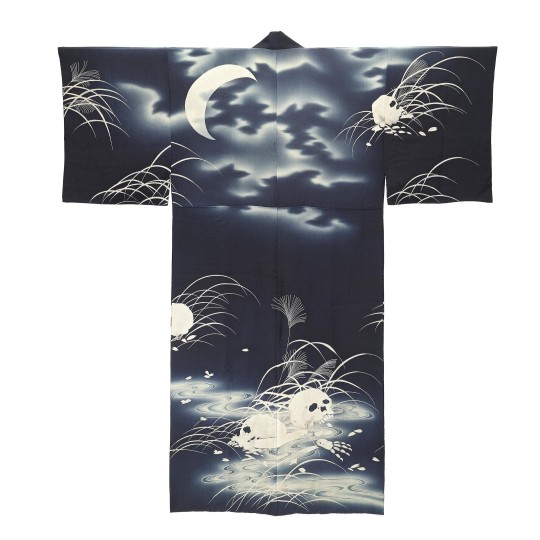
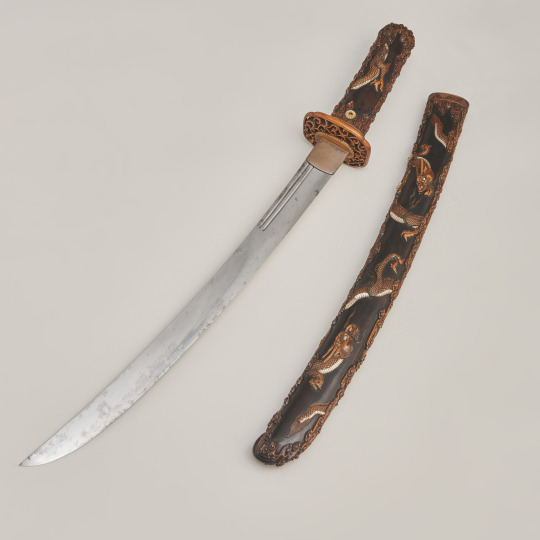
(x,x,x,x)
My goal for this piece, in addition to playing with patterns and textures and adding some Naruto references, was to add as many death flags as possible.
The idea of having Izuna in a fireman's coat is obviously not from me. I've always like the idea of Uchihas in fire resistant clothes, and the opportunity for a thick texture alongside a reversible double pattern is very appealing. I used the image of the second reference as a base, with skulls on one side and stylized lightning patterns on the other (visible inside the sleeves and collar). Both were common immagery of firemen coats.
The actual skull pattern is taken from the third reference. I'd seen this one before and before even learning anything abt it it was too beautiful to pass up. Those white and navy gradients are absolutely delightful and I enjoyed using my gel pens for them very much.... This particular type of imagery with skulls and bones in a field is called Nozarashi, inspired by Buddhist representation of death and transience.
The lightning pattern itself is a reference to water and lightning dragons :) Like Tobirama's iconic jutsu, it's one of the hints of what's abt to happen to our little guy. The scabbard is also decorated with dragon motifs for the same reason.
The background pattern is taken from the first reference, another fireman's coat with an illustration of Raijin, the thunder god. He is often representated with drums decorated with tomoes. It works nicely as a standard looking sharingan illustration, with a reference to Tobirama's hiraishingiris with the thunder imagery, like the thunder patterns inside the coat.
If you're interested in this I recommend the book linked in the second reference! It is entirely about skeleton motifs in japanese clothing of the early 20th century.
#mine#mixed#wip#naruto#uchiha izuna#been looking at some many fun patters I really went all in for this one#I love borrowing people's lines bc I do not care much abt anatomy or even drawing clothes tbh but patterns and textures....#it's like I'm dressing up a little doll :)#you can tell I was feeling myself seriousposting bc I capizalized the names...#anyway this was a lot of fun and of course actually quite unserious#for exemple you'll notice all these are either from late 19th/early20th c. despite the warring states era being obviously sengoku coded#later designs were easier for me to find references from and information on since I do not know much abt the subject#I allowed myself these liberties bc the timeline (wether aesthetic or narrative) in naruto is hardly strict#also it's usually the senjus who are associated with Buddhism and the uchiha are more shinto leaning but well.#you can tell yourself this is a sign of early konoha corruption on our guy Izuna#if you have any more questions abt this feel free to ask! this was a surprise again so i haven't posted any wips#but i do have some pictures of the process and I always love to chat
238 notes
·
View notes